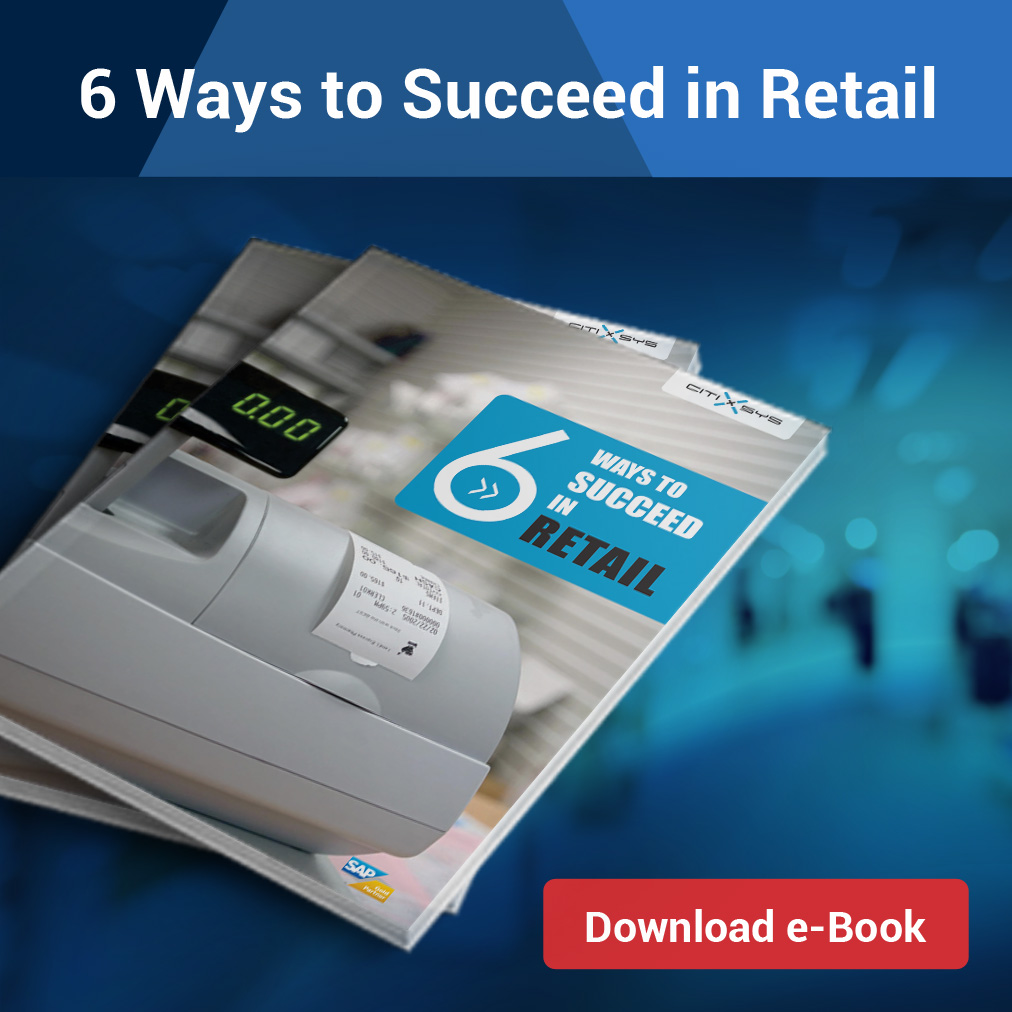
Retailers today are often faced with a dilemma: let shoppers use their own internet-connected devices in-store, and risk losing control of the journey to purchase. Give them self-service kiosks, however, and hardware can end up broken or misused.
One effective solution for bringing technology into the store is implementing clienteling solutions. Clienteling is sometimes considered a term to describe retailers using mobile POS to make orders on behalf of a customer, but its capabilities extend far beyond that.
In fact, clienteling has the potential to transform shopper/store associate relationships. How? By using mobile technology to create more impressive – and ultimately profitable – customer experiences.
Here are 6 ways in which clienteling can raise in-store expectations, to deliver more satisfying consumer encounters:
- Extend availability beyond the shelf edge

One of shoppers’ greatest frustrations is knowing what they want, but not being able to see it at the shelf edge.
Integrating inventory systems via mobile POS enables store personnel to outline not only what’s available on the shop floor, but in the stock room and even in neighbouring stores. If the item isn’t available immediately, then delivery to the store or the customer’s home can be quickly and easily arranged. - Answer even the trickiest questions
With 81% of consumers researching online before entering a store, today’s bricks-and-mortar shoppers are incredibly clued-up when they arrive at the aisles. However, often they have specific questions upon seeing the product – and expect store associates to address those queries.
Rather than relying on personally acquired knowledge, mobile POS empowers staff by linking to detailed product information, to answer even the trickiest enquiries. - Take service to the customer
If there are two things consumers hate, it’s queuing and inconvenience – which tend to stem from fixed point of sale systems. The flexibility of mobile POS enables retailers to build service around the customer, both in terms of giving them what they want, and holding encounters wherever they are in the store. - Personalise encounters and offers
Unlike online, where retailers have a detailed history of consumer activity, shoppers are effectively anonymous when they walk through the store entrance. Entering their details into a mobile POS system will bring up that history, allowing personnel to tailor offers based on their previous purchases or value to the business.
It has the added benefit of enabling retailers to track activity in the store as well, to build up a complete omni-channel picture of customer activity. - Make customer wishes come true
It’s not just the current sale that clienteling can enhance. Engaging with customers through mobile technology enables retail personnel to help shoppers build up wish lists for future visits. This can be particularly useful in sectors such as fashion and beauty, where consumers try several products at once but may only have the budget to purchase one there and then.
Clienteling also gives retailers the capability to gift list these items, for others to purchase even when the original customer is absent. Wedding gift lists are a great example – the happy couple can compile their preferences, which the retailer can manage independently when guests redeem goods in-store or online. - Increase basket size in a targeted manner
Upselling can be an effective and welcome customer service tool, provided it’s relevant to what customers are buying. With a mobile POS system integrated into the operational network, retailers can recommend products from the wider catalogue based on the items shoppers are browsing in store.
By tailoring services to individual tastes, store associates are not just more likely to increase customer basket sizes during that encounter; they are creating a seamless encounter that will encourage that shopper to return again and again.







